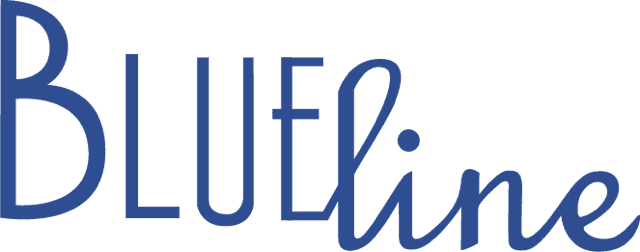Part 2:
I stared at the number: 28%.
28% has long been established as a standard, an ever-present challenge to developers of traditional elearning programs. That’s the percentage of material that you can expect your learners to retain two weeks after your elearning program. Some refer to it as “the problem of forgetting.”
There’s a reason why I’m waxing philosophical about numbers and percentages. It’s because my world has been rocked.
What if I told you that I have uncovered a proven solution that is consistently delivering retention levels of 95%?
That’s right. 95%.
I will tell you what I said when I first learned about it: “I have dedicated my professional life to staying abreast of learning innovations. If this were true, I would already know about it!”
But that’s when things start to unravel a bit. Because, I hadn’t ever before focused on the “hidden truths” that I outlined in my previous blog entry. And without knowledge of those paradigm-shifting learning insights, how would I know that I needed to search for a better way? I wouldn’t, and I didn’t.
Until now, when I was faced with the two numbers. 28%. And 95%.
It seems that, in fact, a little-known company based in California, run by a PhD whose expertise is in the Neurobiology of Learning, is transforming Public Education in California by routinely delivering these results to his students.
“Ahh, well that explains it,” I mused, “because high school students aren’t the same as adult learners. Even if he has delivered these results they wouldn’t apply to what we do.”
But then I was presented with a third-party analysis demonstrating that surgeons prepping for board certification showed a 300% improvement with less study time than a control group made up of their peers.
I was hooked. I had to know how they do it.
Turns out, these secrets are not out of reach. They’re all hidden, right there in plain view, within the learning insights I described in the first part of this blog post.
Think of the solution as your very own “personal trainer,” whose job it is to isolate your weaknesses, and develop an exercise program just for you. The only difference is that in this case, instead of building muscle, you build connections in your brain.
Specifically, the fastest path to building those connections is an “exercise plan” that prioritizes exercises based on learner need, optimally spaces study sessions over time, and utilizes open-ended questions that the learner self-evaluates.
That’s the secret. That’s what you have to do to increase retention from 28% to 95%.
Sounds like a no-brainer, right?
Here’s the challenge: in the corporate environment, efficiency and scale dictate that these personalized learning plans are all but impractical. I’ve spent much of my career delivering learning solutions to hundreds or thousands of students at a time.
That’s why I’m so excited about a new solution that I am extending now to my client partners in some of the world’s most influential organizations. It’s a digital personal trainer that utilizes an algorithm that borders on artificial intelligence to deliver custom study sessions. And it exists.
I’m a believer, and I’ve got a story to tell. And I’d love to share it with you.
Look at the long-term retention rates of your elearning interventions. Then, don’t get depressed. Instead, give me a call. I’ve got some ideas that can lead your people to the 95% winner’s circle.



